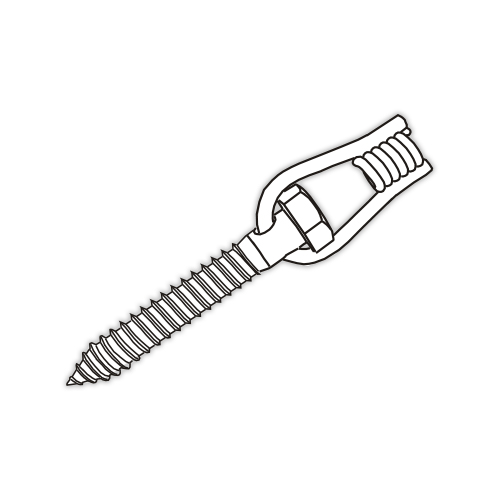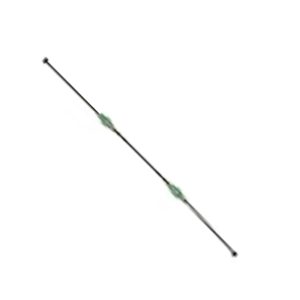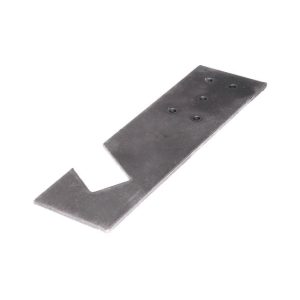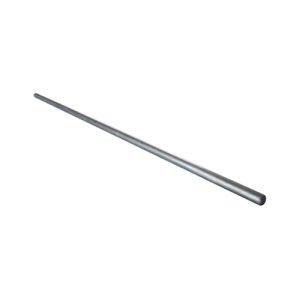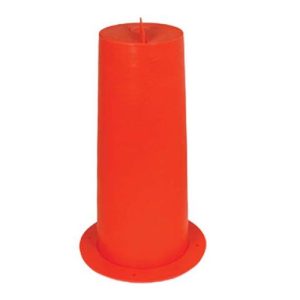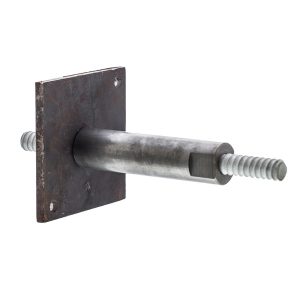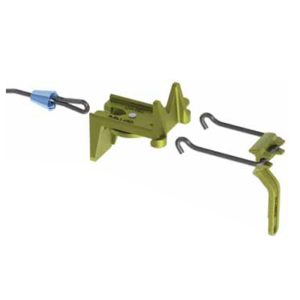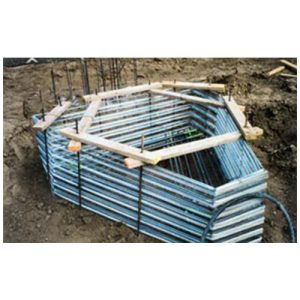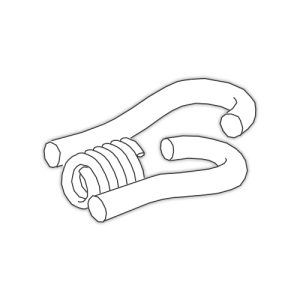Steel Dog SCL coil lag
For securing formwork to timber structures
- 3/4″ hex head lag bolt with swiveling loop coil tie
- Available for 1/2″ coil rod or 1/2″-13NC machine thread
- Useful for one-sided walls against wood lagging
- 3000 lbs Max. Safe Working Load (see load tables)
The Steel Dog® Coil-Lag™ is designed to provide a temporary means of attaching formwork to wood timbers. Typical application: one-sided forming against soldier piles with wood lagging, or other timber retaining walls.
Features
- Standard hex head lag bolt for socket wrench or powered driver installation.
- Swivel loop coil tie end to accommodate misalignment between lag bolt placement and formwork tie location.
- Accepts standard ½”coil rod or ½”-13 NC rod (SCL-4NC)
- Less expensive than toggle ties, and doesn’t require clear space behind timber (compacted fill not a problem).
- Eliminates expensive external bracing or welding.
Material
Bolt is ASTM A307. Swivel loop wire is AISI C1038.
FINISH None. Zinc coatings available: consult factory.
MAXIMUM SAFE WORKING LOAD 3000 Lbs. (2-to-1 safety factor). Actual Safe Working Load will depend on pull-out strength of lag in wood and off-axis loading angle. See tables at right.
Download Coil Lag Spec Sheet

